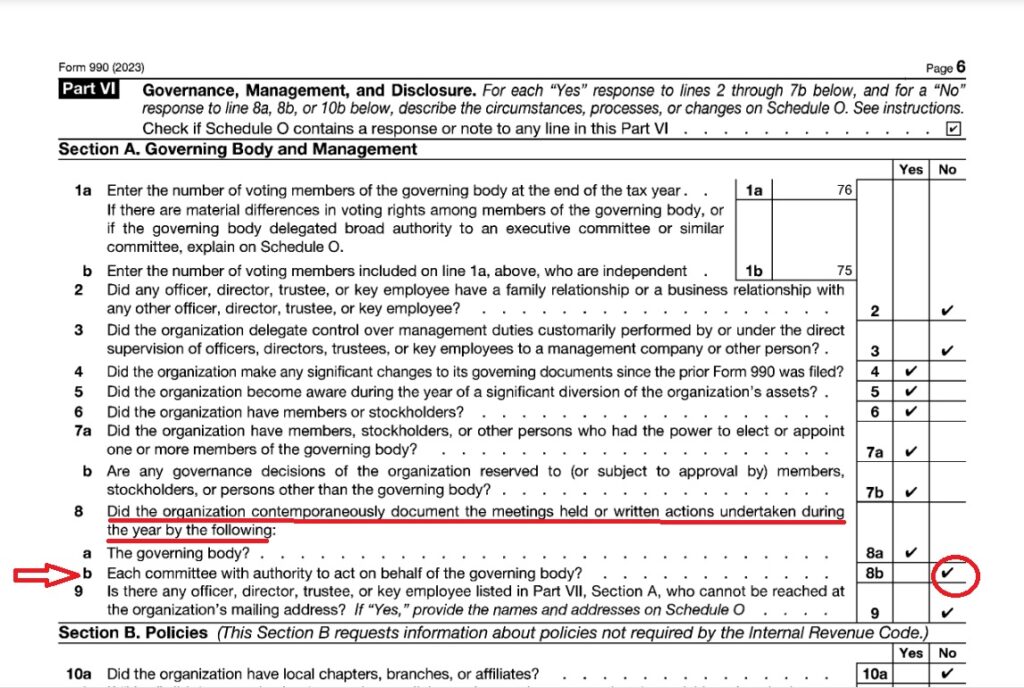When Bill Brewer and his crew resigned from legal representation of the NRA they left behind some ticking time bombs that could have a severe financial impact. I will take them in order and you can make your own judgment as to the financial impact upon the NRA. As it is, I cannot for the life of me see why an attempt to settle some or all has not been attempted.
First, we have the case of Under Wild Skies v. National Rifle Association. This is a Virginia state court case in which a jury awarded Under Wild Skies approximately $550,000 for breach of contract. Both sides appealed the award and verdict to the Virginia Court of Appeals. Under Wild Skies argued that the circuit court had erred by rejecting a proposed jury instruction regarding anticipatory breach of contract. In other words, they are arguing the NRA had an obligation to pay for all the contracted episodes regardless of whether they had yet been produced or not. Meanwhile, the NRA argued the court should have set aside the verdict in favor of Under Wild Skies given its affirmative defense of fraudulent billing and should have allowed the NRA to recoup its losses. The Court of Appeals rejected both sides arguments and affirmed the circuit court’s verdict.
Here is where it now gets interesting. Both sides again appeal and the Virginia Supreme Court decided that they will take the case. The case is on the docket for the court’s April session and arguments will be heard on April 15th. Brewer along with the Virginia firm of Briglia Hundley had handled the NRA’s side up through the Court of Appeals. Brewer is gone and Robert Cox of Whiteford, Taylor, and Preston is the new co-counsel. One reason the court may have taken the appeal is to rule on the doctrine of reasonable assurances which no Virginia court has done. The granted appeal summary seems to indicate the court may be favoring Under Wild Skies’ arguments. If Under Wild Skies wins on appeal, the cost to the NRA could range upwards of $17 million.
The second case is Dell’Aquila v. NRA which recently was allowed to go forward and for which Dell’Aquila can begin discovery. As noted in the earlier post, while Brewer attorneys had produced all the motions filed on behalf of the NRA in this case which Judge Campbell denied, they have been replaced by a Nashville firm. That this case even reached discovery is somewhat remarkable when one considers that it was originally filed pro se and then David Dell’Aquila had to switch attorneys midstream. According to the Third Amended Complaint, damages are greater than $5 million which could be tripled if RICO fraud is proved. I really don’t think this case was taken that seriously for a long time and now suddenly it is. Imagine how much cheaper it would have been if Bill Brewer had said to Wayne, “Just give the guy his money back, pay his attorney’s fees, and be done with it.”
The third case was brought by the NRA against Ackerman McQueen and Mercury Group for breach of contract for disclosing the Confidential Settlement Agreement in which the NRA agreed to pay AckMac $12,250,000 to settle an earlier case. This case has been going on since September 2022. If memory serves, this agreement was kept from the NRA Board of Directors and they were not allowed to see it. However, the CSA is out in the public domain now and has been due to an inadvertent filing of it as an exhibit by attorneys from Brewer, Attorneys and Counselors. Attorneys from that firm withdrew effective February 27, 2025 and have been replaced by the Dallas firm of Foley and Lardner. The NRA is still attempting to keep the signatories to the agreement agreement under court seal even though it is now in the public domain. The question has to asked why the heck hasn’t the NRA moved to dismiss the case and why are they even bothering to bother to keep the signatories under seal. The signatures are out there and it seems that it is a waste of money to keep them under seal. Doug Hamlin, NRA General Counsel Michael Blaz, and the Legal Affairs Committee of the Board ought to cut our losses and move on.
CLARIFICATION: After I wrote this post, I had a long conversation with a reform director. He explained the rationale for keeping the CSA and other proceedings under seal even though it had been made public earlier was that it was always meant to be under seal, that the breach of confidentiality was in error, and that the NRA contends that Tony Makris and Under Wild Skies are inseparable. I do note the the judge in this case did approve an order on April 1st to keep it under seal. He went on to say that discussions were ongoing to resolve all three of the above cases. As he has always been upfront with me, I will take him at his word.
Finally, there is the anticipated lawsuit from Oliver North for malicious prosecution. To my knowledge it has not been filed yet but I do keep looking. However, the reputational damage along with the accusations of “greed”, “extortion”, and “blackmail” contained in Tom King’s ethics complaint when added to the whistleblower retaliation that the jury found in the AG’s case could induce Col. North to ask for millions.
All four of these pending or potential lawsuits could end up costing the NRA millions of dollars that it really doesn’t have to waste. An attorney who was working in the best interest of his client should have urged settlement in the early stages rather than to let the issues fester so that the billings could increase. These cases need to go away and the NRA’s leadership needs to take the necessary steps to conclude them.



